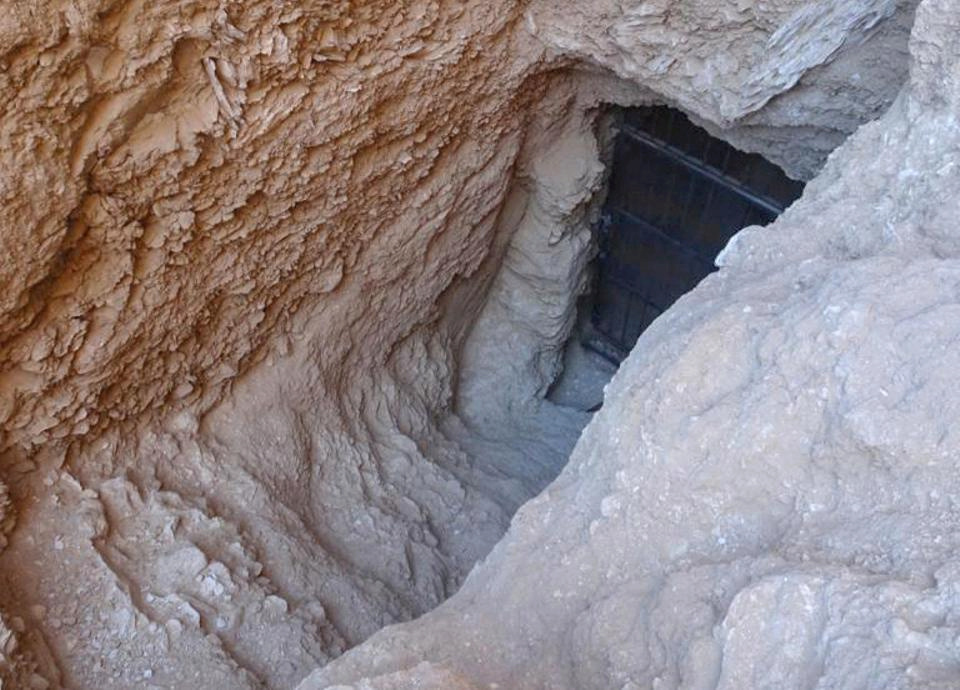The Discovery Of A New Royal Pharaonic Tomb On The Western Mainland In Luxor, Southern Egypt

Egypt has revealed a new royal pharaonic tomb, possibly dating back to the era of the eighteenth dynasty that ruled the country 3,500 years ago, during the excavations of the joint Egyptian-English mission on the western mainland in Luxor in the south of the country.
During the past few years, Egypt has uncovered several archaeological "treasures" in various parts of the country, especially the Saqqara region, west of Cairo, where more than 150 archaeological sarcophagi dating back more than 2,500 years have been discovered.
And a statement by the Egyptian Ministry of Tourism and Antiquities, Saturday, January 14, 2023, stated that “the joint Egyptian-English mission between the Supreme Council of Antiquities and the University of Cambridge’s Modern State Research Foundation succeeded in uncovering a previously unknown royal tomb.”
According to the statement, this was “during the excavation work that the mission is conducting in the Western Valleys area on the western mainland in Luxor.”
The statement quoted the Secretary-General of the Supreme Council of Antiquities in Egypt, Mustafa Waziri, as saying that the cemetery “may date back to the period of the rule of al-Tahamsa (the era of the 18th dynasty),” provided that this is confirmed during the coming period.
This was confirmed by the head of the mission from the English side, Piers Latherland, who suggested that the discovered tomb “may belong to one of the royal wives or princesses during the period of the Tamasih rule, of which a large number of them have not been discovered so far,” according to the statement.

The eighteenth Pharaonic family included a group of the most prominent rulers of ancient Egypt, among kings and queens, headed by King Ahmose, King Thutmose I, King Tutankhamun, Queen Hatshepsut and Queen Nefertiti.
The discovered cemetery suffers from “a poor state of preservation as a result of the torrents that occurred during ancient times, which flooded its chambers with thick deposits of sand and limestone, which led to the obliteration of many of its features and inscriptions,” according to what the statement quoted the archaeologist and director of the Western Valleys site, Mohsen Kamel. .
The Egyptian authorities hope to open the “Grand Egyptian Museum” near the Giza pyramids during the current year in order to boost the tourism sector, which employs about two million Egyptians and generates 10% of the gross national product.
Egyptian tourism has been subjected to successive blows since the beginning of 2011 and the so-called “Arab Spring” leading up to the Russian-Ukrainian war that broke out in February of 2022, which affected the arrival of visitors from the two countries, who make up the majority of tourists coming to Egypt.
Source : websites

